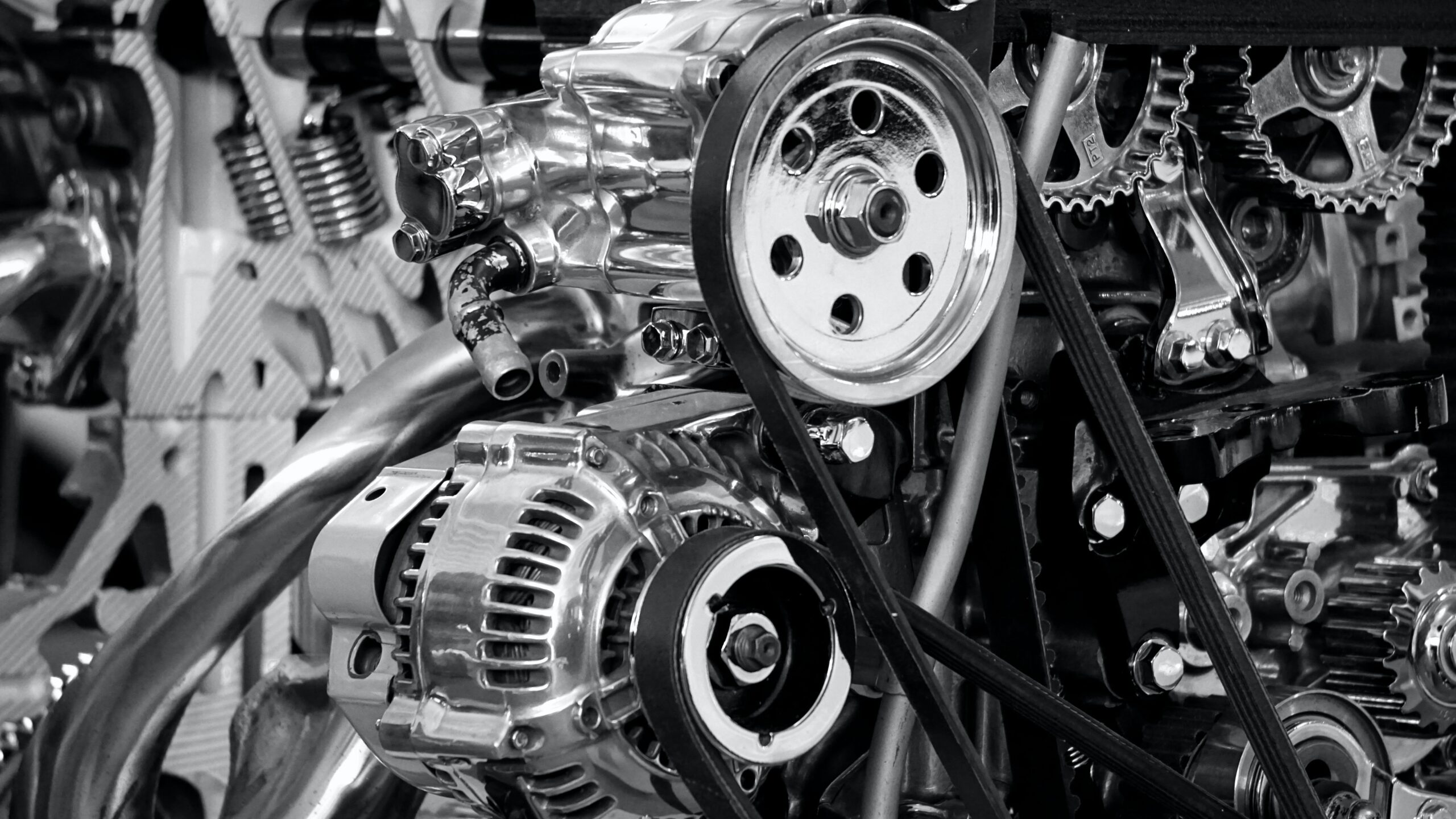Hey there, my name is Matthew Taylor and I’ve had my fair share of struggles with car maintenance. One time, I spent hours trying to figure out why my car was making this weird knocking noise.
Turned out, it was just a rock stuck in my tire. So, when my Chevy Cruze started acting up, I knew I had to get to the bottom of it.
I popped open the hood and saw all sorts of wires and hoses and things I couldn’t even identify. It was like staring at a bowl of spaghetti and trying to figure out which strand was the one you needed. After a few minutes of contemplation, I decided to consult the owner’s manual.
I finally located the oil pressure sensor and let out a triumphant “Ah-ha!” It was this little black thingamajig nestled in amongst all the other whatchamacallits. I gave it a little tap, just to make sure it was secure, and my car was good as new.
Table of Contents
But seriously, where is it?
Okay, enough about my misadventures. Let’s get down to business. The oil pressure sensor on a Chevy Cruze is located on the back of the engine block.
How do I check the oil pressure?
To check the oil pressure, you’ll need a pressure gauge. You can either purchase one at an auto parts store or borrow one from a mechanic. Once you have the gauge, follow these steps:
- Locate the oil pressure sensor on the back of the engine block (refer to the previous section for more detailed instructions).
- Attach the gauge to the oil pressure sensor.
- Start the car and let it idle for a few minutes.
- Check the gauge to see what the oil pressure reading is.
The normal range for oil pressure is between 25 and 65 psi. If the reading is outside of this range, there could be an issue with your oil pressure. Consult a mechanic if you’re not sure what to do next.
What happens if my oil pressure is too low?
If your oil pressure is too low, it could mean that there’s not enough oil circulating through your engine. This could lead to serious damage and costly repairs. It’s important to address low oil pressure as soon as possible.
What happens if my oil pressure is too high?
Contrary to what you might think, high oil pressure isn’t always a good thing. It could be an indication of a blockage in the oil pump or a faulty oil pressure sensor.
If left unchecked, high oil pressure could also lead to engine damage.
Where do I add oil?
To add oil to your Chevy Cruze, you’ll need to locate the oil fill cap. It’s usually located on the top of the engine and is marked with the word “oil” or a picture of an oil can. Once you’ve located the oil fill cap, follow these steps:
- To add oil to your Chevy Cruze, you’ll need to purchase the appropriate type and grade of oil for your vehicle. Consult your owner’s manual or a mechanic to determine the correct oil for your car.
- Locate the oil fill cap on the top of the engine. It should be marked with the word “oil” or a picture of an oil can.
- Remove the oil fill cap and set it aside.
- Pour the oil into the engine, taking care not to overfill. Stop pouring when the oil reaches the full mark on the dipstick.
- Replace the oil fill cap and make sure it is securely tightened.
- Start the car and let it idle for a few minutes to allow the oil to circulate.
- Check the oil level again with the dipstick to make sure it is at the correct level.
It’s important to check your oil level regularly and to change the oil according to the recommended schedule in your owner’s manual. Neglecting to do so can lead to serious engine damage.
FAQ
Q: Can I use any type of oil in my Chevy Cruze?
A: No, it’s important to use the correct type and grade of oil as specified in your owner’s manual. Using the wrong oil can lead to engine damage and costly repairs.
Q: How often should I change the oil in my Chevy Cruze?
A: The recommended oil change interval for your Cruze can be found in the owner’s manual.
It’s typically around every 5,000 miles or 6 months, but this can vary depending on your driving habits and the type of oil you use.
My Conclusion
In conclusion, the oil pressure sensor on a Chevy Cruze is located on the back of the engine block and it’s important to check the oil pressure regularly to ensure your car is running smoothly.
Don’t be like me and spend hours trying to find it – just consult the owner’s manual and you’ll be good to go.
And remember, always use the correct type and grade of oil and change it according to the recommended schedule. Happy car maintenance!
